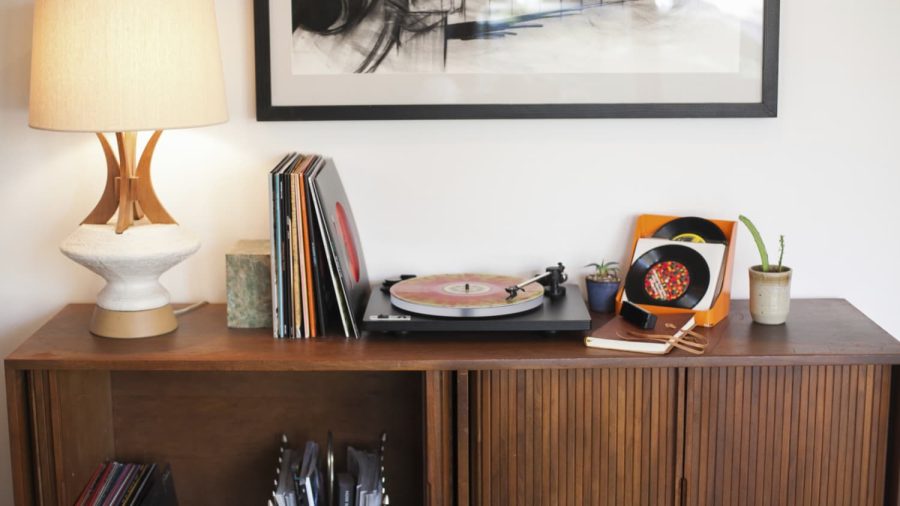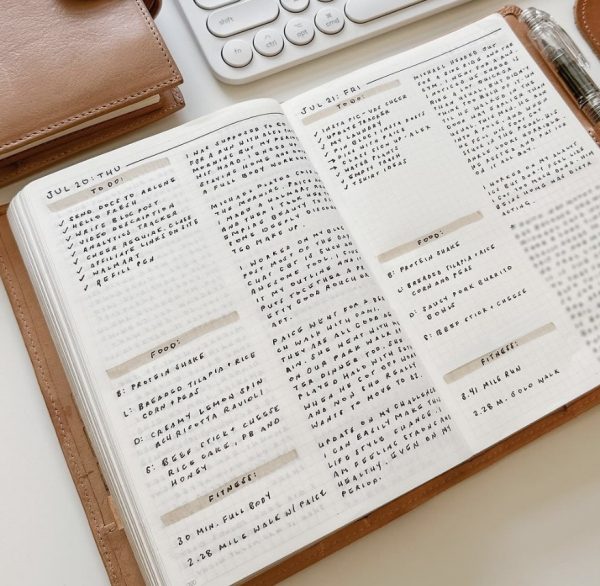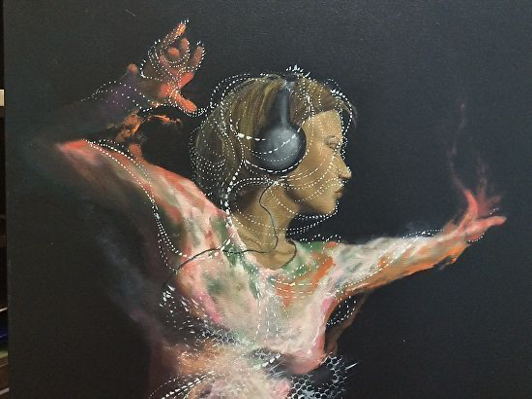Retro or Redundant?
Music has always been a key part of pop culture; from the symphonic compositions of Mozart to the hypnotic rhythm of Frank Sinatra and the contagious bars of the Notorious B.I.G. With millions of concert tickets to artists like Taylor Swift selling out in a matter of hours, and over 530 million users with accounts on streaming platforms such as Apple Music and Spotify, music has only risen in popularity since its first conception, which is estimated to be more than 35,000 years ago.
Even as technological advances are being made at rapidly increasing speeds, vintage music consumption methods, like record players and cassette recorders, have remained popular. But why is it that people are so entranced by these devices, even if they are slower and less versatile than mobile phones?
The first record player, which at the time was called the phonograph, was invented by Thomas Edison in 1877. It was then adapted by Emile Berliner, creating a machine (the gramophone) that reproduced sounds through the vibrations of a needle on a rotating disc. The sinuous grooves on these discs were produced from replicas of sound waves so that the stylus of the gramophone could reconvert the undulations into sound, thereby enabling music to be played. The discs on which the music was played continued to evolve throughout the 20th century, with the development of loudspeakers amplifying the sound and significantly reducing the size of the machine. The 1960s and ’70s eventually became known as the “Golden Age” of the record player, with the majority of America’s middle-class population having one in their homes.
Albums by bands such as The Beatles, The Doors, and Pink Floyd took over the worldwide music industry during this time. The album “Sgt. Pepper’s Lonely Hearts Club ” by the Beatles sold over 32 million copies in the 1960s, and Pink Floyd’s “Dark Side of the Moon” sold 50 million copies in the 1970s.
Between the 1980s and 2010s, record players were almost entirely forgotten, collecting dust in storage units or being sold on eBay, together with decades-worth of vinyl collections. Record players were swiftly replaced by compact discs in the 80s, which were then superseded by MP3 players in the 90s, before the iPod in the early 2000s, which quickly overtook vinyl records in sales.
However, in 2020, the volume of vinyl records surpassed the number of CDs sold for the first time in more than a generation of music lovers. Many of these increased sales were credited to Millennials afraid of the fast-paced developments of technology, fearful of forgetting their childhood memories and resolved to hold on to the memorabilia of those times.
The rise in popularity of vinyl was also intensified during the COVID-19 pandemic, with people having more spare time to devote to “simply listening to music”, an experience which, according to many, is lost with digital streaming services. To many audiophiles, the process of taking the record out of its sleeve, carefully placing the stylus on the disc, and hearing the crackle of the static is part of the beautiful experience; a moment of peace in an otherwise chaotic life.
Many famous musicians have begun releasing their albums on vinyl once again, preferring the superior sound quality and immersive experience to digital streaming services and further sparking the popularity of vinyl records. The most sold vinyl in the 2010s was Adele’s “21”. Over 30 million copies were sold – half of the quantity of the best-selling album of all time, ACDC’s “Back to Black”, which had been on the market for over thirty years longer than “21”.
The music industry hasn’t been the only field to have seen a resurgence in former trends; clothes from past generations, vintage video games and films have also spiked in popularity over the past decade.
Fashion trends often return every 20-30 years, with older parents influencing their children’s taste in clothing and younger members of society becoming enticed by the styles of celebrities and pop-culture stars from those past eras. If entertainment trends are recycled in a similar style to clothing, is it safe to assume that the next musical trend will be the return of the CD player?
Although less popular than during their Golden Age, record players remain popular almost 150 years after their initial invention. Regardless of whether you are more interested in the superior quality and atmosphere of the record player or the convenience and efficiency of a mobile phone, it is undeniable that record players have had a lasting impact on music, and that without them, the modern music industry wouldn’t be the same as it is today.
Sources and Recommended Reading:
https://blog.electrohome.com/history-record-player/
https://www.britannica.com/technology/phonograph
https://toprecordplayers.com/history-of-record-players/
https://ciaoamore.co/the-vinyl-comeback/
https://www.themanual.com/culture/why-vinyl-is-coming-back/
https://www.voicesofgenz.com/post-1/why-do-fashion-trends-come-back



















Daniella Devaney • Mar 24, 2023 at 9:29 pm
This was a very interesting read, Alisa. I love the contrast between how individuals in 1960’s used retro objects like the vinyl record contrasts with how others use it as memorabilia.